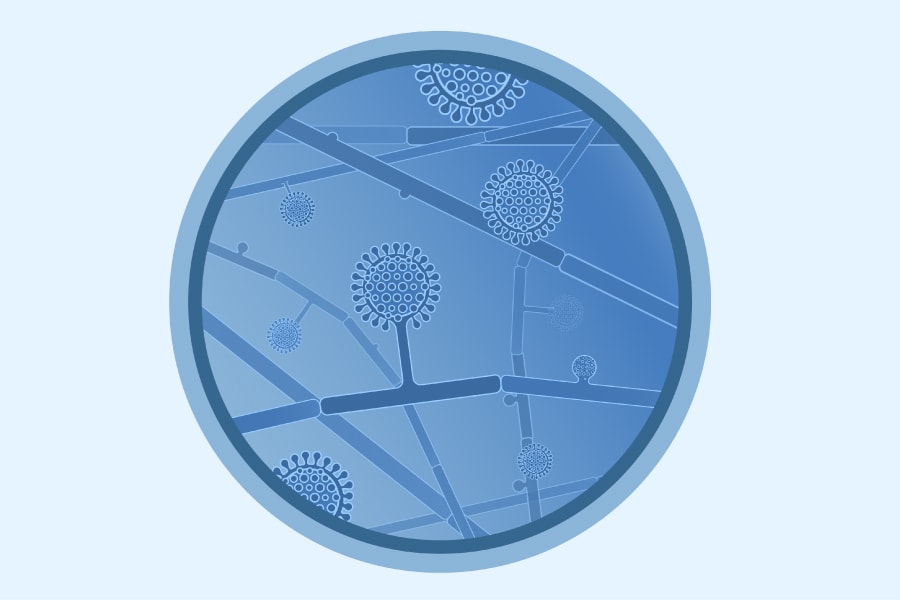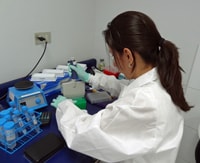Histoplasmosis
About
Histoplasmosis is an infection caused by the fungus Histoplasma capsulatum. The fungus lives in the environment in the central and eastern United States, parts of Central and South America, and other areas of the world. People can get histoplasmosis after breathing in the microscopic fungal spores from the air, although most people who inhale the spores don’t get sick.
Histoplasmosis sometimes affects healthy people, but the infection often goes away without antifungal medication. However, histoplasmosis can be very serious in people who have weakened immune systems, such as people with cancer or HIV/AIDS. In Latin America, histoplasmosis is one of the most common infections among people with HIV/AIDS, and the mortality rate ranges from 20 to 40%.
Symptoms
The signs and symptoms of histoplasmosis are very similar to those of other respiratory infections such as tuberculosis (TB), which may lead to delays in diagnosing and treating histoplasmosis appropriately.
Diagnosis and Treatment
The standard methods available to diagnose histoplasmosis, such as culture or histopathology, often require invasive procedures to obtain a sample for testing. In addition, culture can take days to weeks to produce results, and histopathology has limited sensitivity, meaning it doesn’t always detect the infection. Some antifungal medications to treat histoplasmosis are not widely available or are very expensive.
Enzyme-linked immunosorbent assay (ELISA) can detect Histoplasma antigen in urine, and is potentially faster, less expensive, and more sensitive than traditional diagnostic methods. Earlier, more reliable diagnosis of histoplasmosis can:
- Minimize delays in treatment and prevent deaths
- Save money and resources spent looking for alternate diagnoses, and
- Reduce unnecessary treatment for other suspected illnesses.
What CDC is Doing
CDC supports various activities to reduce illness and death from histoplasmosis including:
- Collaborating with partners in the private sector and international government and nongovernmental organizations to develop ways to diagnose histoplasmosis faster and more reliably
- Helping build laboratory capacity to diagnose histoplasmosis and establish laboratory-based surveillance in Latin America and the Caribbean to better understand the public health burden of histoplasmosis
- Working to increase access to lifesaving antifungal medications

Medical illustration of the environmental form of Histoplasma.

CDC is helping build capacity to diagnose and conduct surveillance for histoplasmosis in Latin America and the Caribbean.
- CDC – Histoplasmosis
- CDC Yellow Book – Histoplasmosis
- CDC – HIV
- LIFE: Leading International Fungal Educationexternal icon
LIFE is an international non-governmental organization that aims to fight fungal infections by facilitating access to quality diagnostics, patient care, and educational resources around the globe.